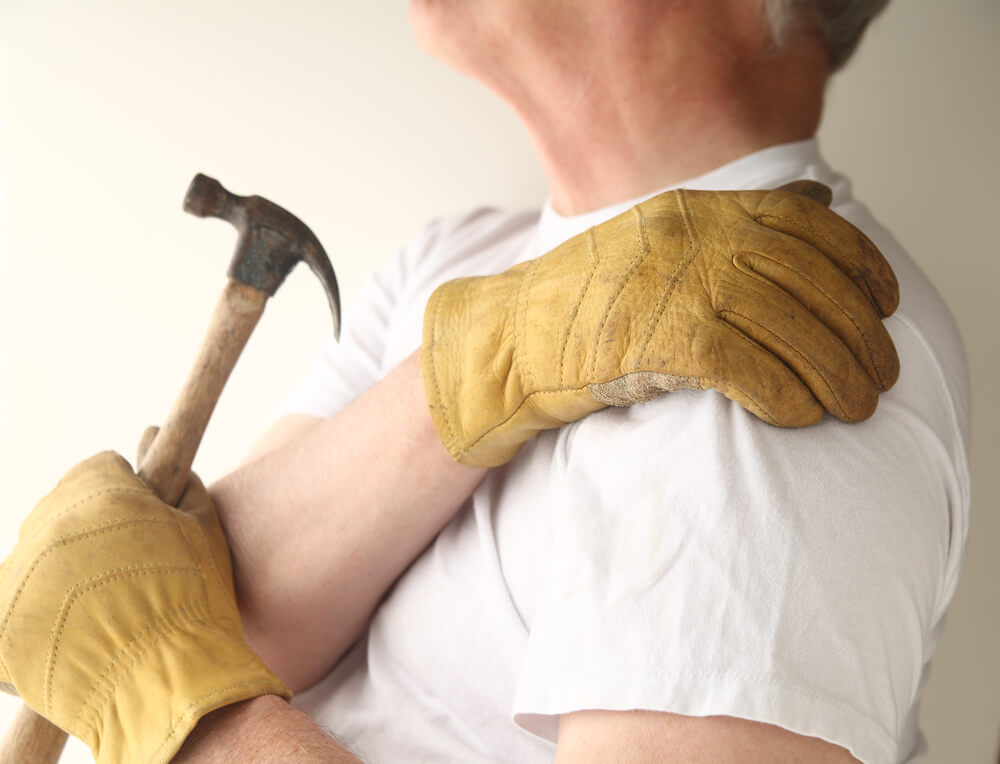Your shoulder internal rotation muscles are also called rotator cuff muscles, and they help you rotate your shoulder to allow you to do things like reach for something in front of you.
An injury to your shoulder internal rotation muscles can be caused by many different things. One common cause is repetitive overhead or cross-body motions. Another of the most common causes of this shoulder injury is a poor posture, which can lead to chronic pain.
Tight pectoral muscles and rounded shoulders can also play a role in injuring these shoulder muscles because they make it difficult to bring the arm forward in front of the body. When the arm is lifted overhead a lot, these tight muscles can also cause stress on the rotator cuff muscles and result in overextension or tearing.
Any of these issues can trigger an injury in one or more of the shoulder internal rotation muscles. Fortunately, physical therapy can help people address these shoulder injuries.
2 treatment options physical therapists can use for shoulder internal rotation muscle injuries
Physical therapy can be an effective way to treat the internal rotators of the shoulder. Part of the reason it can be effective is the wide range of treatment options that are at a physical therapist’s disposal. Some of the techniques your physical therapist may use for your injury include:
- Manual therapy — A physical therapist can use their hands to help ease your injury symptoms. The hands-on treatments that they can use are collectively called manual therapy. Soft tissue mobilization and joint mobilization are two manual therapy methods that are often used to address shoulder injuries. Some of the benefits they can offer include:
- Breaking up scar tissue that has formed in the injured muscle.
- Improving blood flow to the area.
- Slashing your pain.
- Boosting shoulder flexibility and mobility.
- Therapeutic exercises — Some key goals when treating rotator cuff injuries are improving flexibility, strength and posture. Physical therapists can use a variety of therapeutic exercises to help you reach these goals.
For instance, they can prescribe stretching exercises to help keep the muscles limber. These movements can also help prevent the muscles from becoming so tight. Strengthening exercises can also be used. These can help ensure that the muscles are strong enough to support shoulder internal rotation movements. They can also ease the strain on other parts of the shoulder joint, such as tendons, ligaments and bursa sacs.
Find effective shoulder muscle injury physical therapy at Peak Performance
Our Peak Performance SPT physical therapists can offer treatment methods and techniques intended to help manage the symptoms associated with a shoulder injury. Our physical therapists can create a customized plan of care designed to help ease the pain. This plan will be designed to meet your specific needs and recovery goals, and it can even help you avoid future shoulder issues.
Contact us today to schedule your free screening to determine the best plan of action for your injured shoulder.







